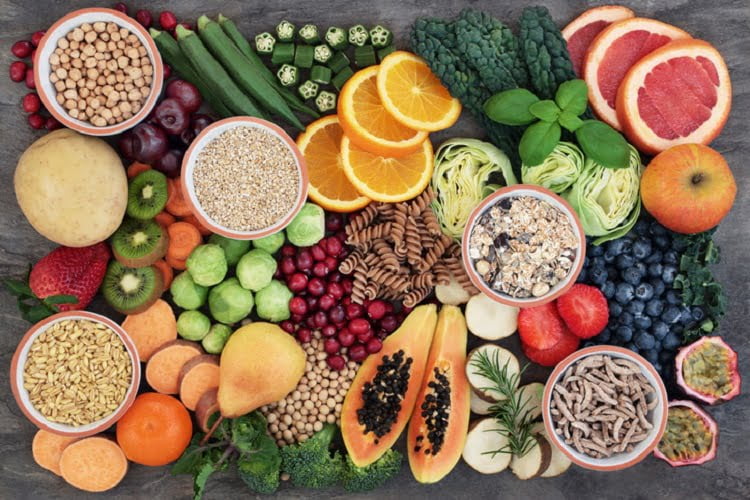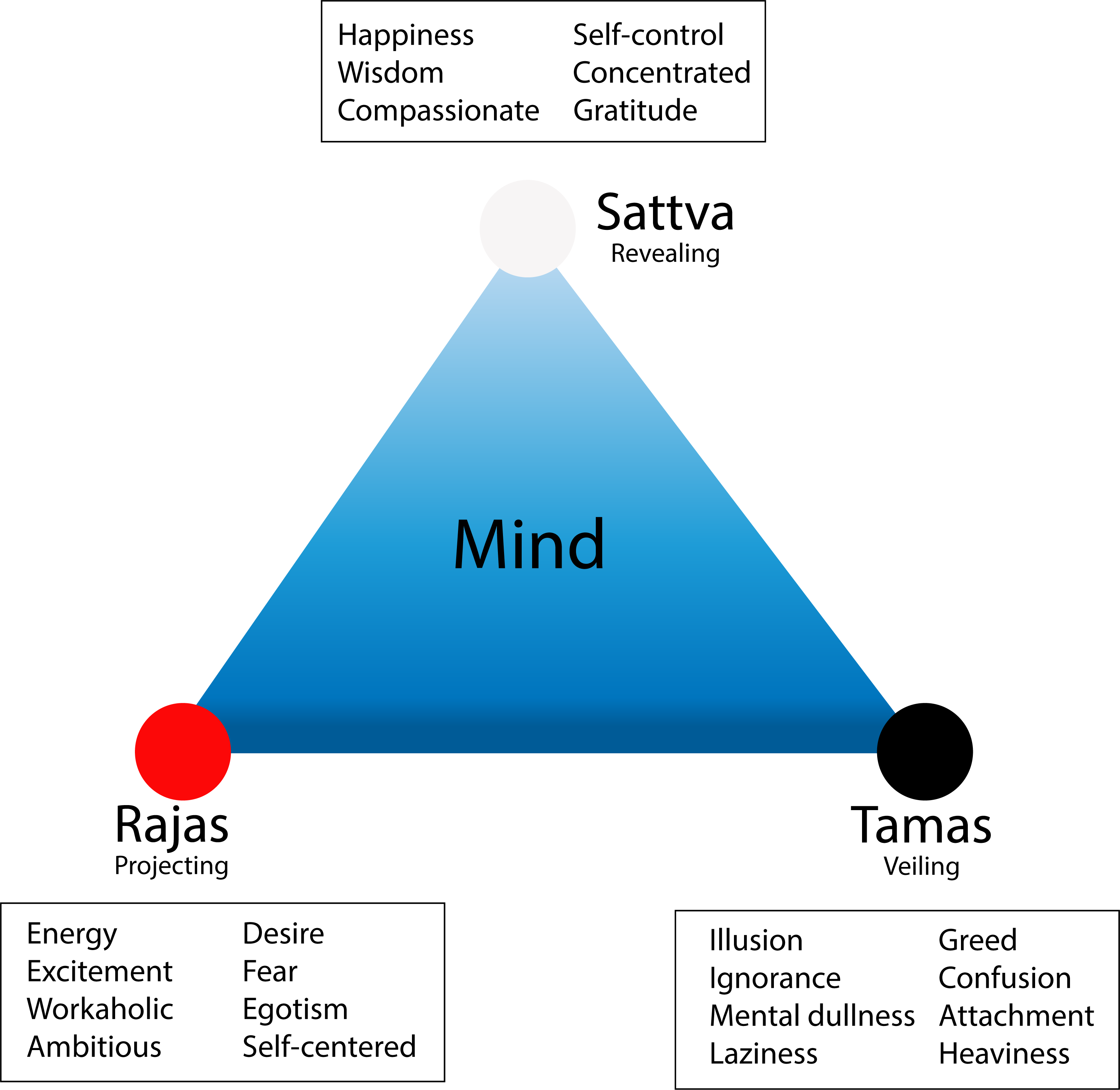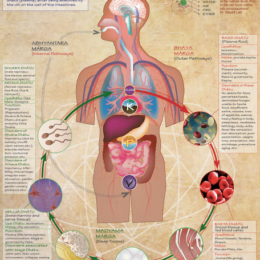
Food Guidelines
Along with what we eat, where we eat, how we eat, when we eat make all the difference in our health. This thought is unique in Ayurveda. Ayurvedic eating is not generalized. It is “person” specific.
Eat according to your age and body constitution
Eat fresh and seasonal vegetables and fruit
Eat freshly cooked and warm food. It strengthens agni, digests food better, reduces excess kapha and vāta
Eat food, which has enough oil, and is moist enough (not fried). It tastes better, helps agni, builds dhātus, and increases strength.
Do not eat food with wrong combination. Eg. Honey and ghee when combined in equal quantities is poisonous. Mixing sour fruits and milk curdles the milk.
Quantity of Food

Consider the age, constitution, season, balance/ imbalance of doṣhas, exercise, type of food.
The rule of thumb: eat food to ½ your capacity. Drink water to ¼ of your capacity and leave room for ¼ of your capacity, for the food to move in the stomach for digestion.
Eat heavy and sweet foods in less quantity. Eat light food to fill your stomach.
Quality of Food
We have to consider the qualities of food before we make our choices
Prakṛti: The prakṛti of food (its natural quality). For example:
Example: Rasa, vīrya, vipāka of food is prakṛti.
Example: Udad dal is heavy. Pork is heavy, so good for vāta. Mung dal, deer meat is light, so good for kapha.
Karaṇa: The processing of food. The rasas and other qualities change due to the processing.
Example: Roasting grains makes food light. Evaporating milk makes it heavy.
Saṃyoga: When two or more foods are combined together, their qualities change.
Example: Honey and ghee when combined in equal quantities becomes poisonous. Mixing sour fruits and milk curdles the milk.
Foods to avoid during times of difficult digestion:
● Cruciferous vegetables (more gas-producing)
● Fried foods
● Heavy sweets
● Fried foods
● Heavy sweets
Taste, Environment, Time, Behavior, Accustomed
Rāśi: Quantity of food. Overall quantity and individual quantity.
Even good food in the wrong quantity can cause harm. Light foods should be eaten in greater quantities and heavy foods in lesser quantities.
Deśa: The environment where the food is cultivated affects the food qualities.
For example Jalapeños grown in Canada are less pungent than those grown in Texas.
Kāla: Raw food has different quality than ripe food. So, the kāla changes the quality.
The meat becomes spoiled after some time.
Raw mango is sour, but when it ripens, becomes very sweet.
One should also consider season while having food; it is not good to have food which is hot in potency in summer season.
Upayoga saṃsthā Follow the guidelines about food and eating.
1. Do not eat while on the go
2. Do not eat too fast or too slow
3. Eat only when hungry
4. Do not eat without washing hands, feet and face
5. Without reciting mantra
2. Do not eat too fast or too slow
3. Eat only when hungry
4. Do not eat without washing hands, feet and face
5. Without reciting mantra
Upayoktā Think about a person who is eating the food. What foods are sātmya for him/her and which are not?
For example: Do not recommend very spicy food for someone who is not accustomed to spicy food.





